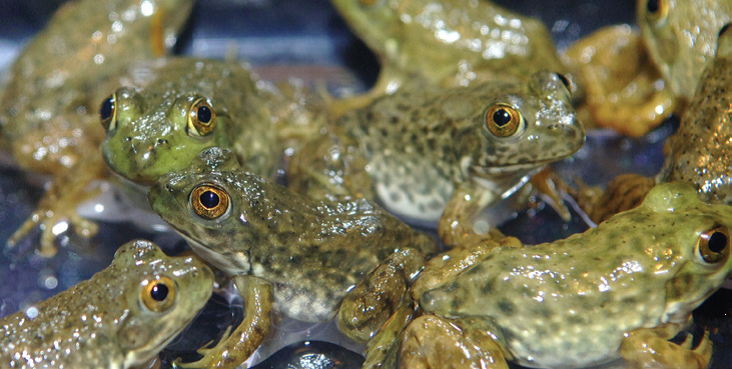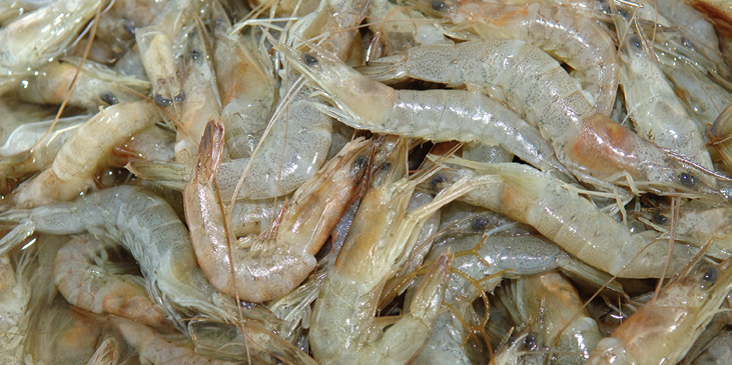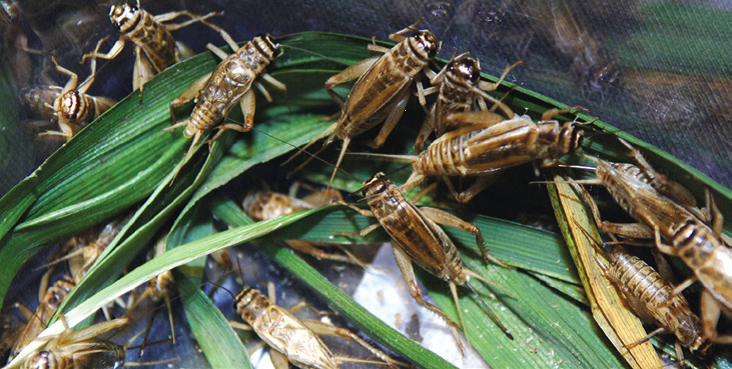

仟湖龙鱼
龙鱼科研与研发
我们的龙鱼
最新消息
招聘
联系我们
其他
Care and Maintenance
Importance of Good Water
The most important thing for a newly set up tank is to build up a balanced microorganism bio-filtration system which include bacteria for digestion protein and amino acid decomposition, nitrobacteria and other beneficial microorganism.
There is a saying “cultivating water is above cultivating fish”. Therefore, living in water 24 hours a day, fish cannot live well without good water quality. Thanks to technology developed today, you can add viable bacteria or nitrobacteria bought from the fish shop into the water and you can start to add fishes at ease after around one week. Once the microorganism system is built up, the following works are to keep biological balance (etc increasing oxygen content, adjusting pH level and hardness).
pH
The origin of Dragon Fish may vary, but soft and acidic water are required for Dragon Fish. The pH value means the acidity of the water and pH=7 means the water is neutral. pH< means acidic, whereas pH> alkaline. The original habitat of Dragon Fish is in the rain forests, where the pH level is around 5.5 to 7 and the water is slightly acidic. Slightly acidic water is one of the critical making of Dragon Fish’s bright colors, especially for Red Arowana. According to some experienced Dragon Fish breeders, slightly acidic water is able to stimulate Dragon Fish to develop its body colors naturally without the help of any color enhancing diet.
There is another advantage of weak acid environment. The fish excrement and leftover food in the water will cause the ammonia level to increase and ammonia will be converted to nitrite and nitrate through nitrobacteria and decomposition which is bad for the Dragon Fish. Under weak acid environment, ammonia would be converted to non-toxic ammonium, which is better for fish’s health.
Water Hardness
Water hardness refers to the contents and compositions in the water, like dissolvable calcium, magnesium and iron. These substances are also call “minerals”. Water hardness can be divided into temporary and permanent hardness. Temporary hardness consist of calcium and magnesium bicarbonates. Permanent hardness consists of calcium and magnesium sulfates or chlorides. Therefore, the lesser the hardness substances present, the softer the water will be and vice versa. During rainy season, the rainwater flows through the immense rainforest area, which finally processed as weak acid and lower hardness water. Hardness in these regions is mostly at zero. Unfortunately, most of the other regions are hardly able to reach the required standard than the other mountain areas. It will cause great pressure on fish osmo-regulatory function under excessively hard water environment, though it cannot be observed in a short time. Fish’s gills are to breathe and adjust salt contents inside the bodies. When water hardness is lower, fish could discharge unnecessary salt easily and when hardness gets higher, the fish would use more energy to discharge unnecessary salt, thus stressing the gills. Due to such an overload, fish’s gills would damage easily. Therefore, it is necessary to provide an environment of lower hardness.
Tips you should know in maintaining Arowana in the aquarium
- Check your aquarium equipment
- Aerator
- Heater & Thermometer
- Filter
- Fluorescent lamp
- Be diligent to maintain your aquarium.
- Feeding
- Controlling and changing water.
- Aquarium interior
- Provide aquarium as natural as their original environment.
- Disease
- Causes of disease can be shared into two categories namely non-parasitic and parasitic organisms.
Fish Food for Dragon Fish
Feed for the Dragon Fish can be divided into natural feed and manufactured feed. In general, the Dragon Fish is more interested in live feed, which may improve the predating skill and its activity. But live feed contains many parasites and bacterial that can sometimes transmit to the Dragon Fish. Further more, the Dragon Fish may injure itself when predating live feed. Live feed should be quarantine and eradicate bacterial before you feed them to the Dragon Fish.
Below are some of the usual feeds for Dragon Fish:-
Frogs
Small non-poisonous frogs are very nutritious food for Dragon Fish. They can survive for days without food and need only daily water change.

Prawns
Shrimps and prawns should be kept in a tank with sufficient oxygen supply and overcrowding may encourage them to kill one another for food. When buying frozen market prawn, choose the smaller ones and before feeding the prawns to your fish, break off the sharp pincers at their heads and tails.

Crickets
One of the Dragon Fish’s favorite foods is the cricket. They are a good source of protein, vitamins and minerals.

Mealworms / Super-worms
Another source of high protein food for the Dragon Fish is the mealworms and super-worms dry because dampness can kill them. They can be fed with pellets and carrots first before feeding to the fish.
Fishes
Small fishes are very nutritious food but they contain a lot of parasites and bacterial that might be transmitted to the Dragon Fish.
Pellets
Pellets are very nutritious food that contains all necessary protein, vitamin and mineral that a Dragon Fish needs. Arowana can be trained to eat pellet food, especially when they are juvenile stage. Arowana are fishes with character and they are habitual by nature.


